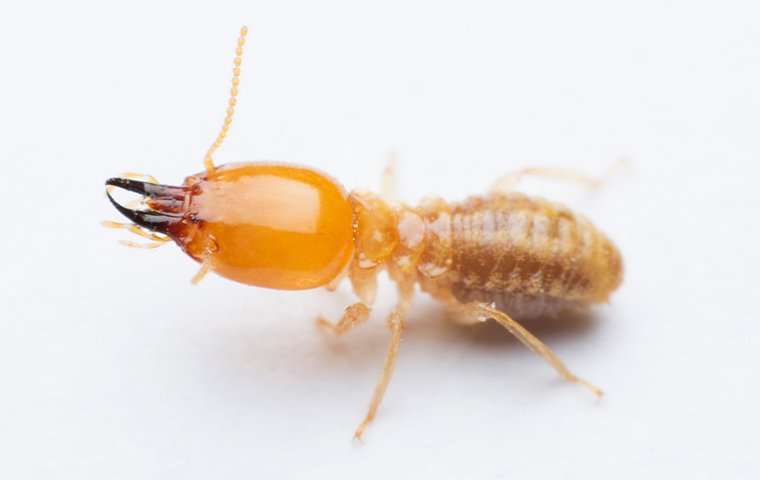Do you have $3,000 to spend right now? That is the average cost of termite damage repairs. It’s estimated that Americans spend five to six billion dollars a year repairing the damage caused by termites. If $3,000 sounds like a lot to you, you may be looking for a way to protect your home and avoid this damage. We understand! That’s why we’ve put together a guide with some steps you can take to protect your home and avoid expensive damage.

Termite Damage
Termites eat wood. They are among the most damaging home invaders because they will get inside your walls and destroy the wooden structures that support your home, causing structural damage that is difficult to fix.
In Portland, you’re probably dealing with subterranean termites. These termites live in underground nests and build tunnels between soil and wood to feed. They can’t survive out in the open, so it isn’t always obvious when you have an infestation. That’s why your best option is to prevent them before they come.
Reduce The Risk
To protect your home, there are two steps you need to take. The first step is reducing your risk. You’ll need to understand what attracts termites in the first place so that you can make sure you aren’t inviting them in with any of these attracting factors.
The second step is active prevention. Let’s get started with reducing the attracting factors and make your home less appealing to termites. The obvious termite attractor is wood.
More importantly, termites seek easy access to wood. That means they will look for places where soil touches wood, making it easier for them to get back and forth between their nest and their food.
Along with that, termites will look for wood that is easiest to eat. Damp wood, soft wood, and damaged wood are all easier for termites to get into, so they’ll be more attractive than hard, dry wood.
Now that you know what might be attracting termites, let’s dive into some practical steps you can take to prevent them, protect your home, and save your hard-earned money.
6 Tips To Protect Your Home
- Clear your yard of debris. If termites can feed on logs, wood planks, and branches in your yard, they’ll be more likely to explore the wood in your home as well.
- Store wood far from the home, on a raised platform, if possible. Firewood can be just as attractive as debris, so it’s important to store firewood far from the home and avoid wood-to-soil contact which will make it easier for termites to get to their food.
- Take stock of any areas of the home where you can reduce the soil-to-wood contact. If there are areas where the wood of your home touches the soil directly, make sure to keep the area dry, since moisture is attractive to termites.
- Repair damaged wood in and around the house. Whether you have wood that was damaged by weather, age, or water, it will be more attractive to termites. Repair damaged wood and if necessary address the problem that caused the damage.
- Reduce the moisture in your home. Keep the soil around the exterior of your home as dry as possible, and use a dehumidifier in basements, attics, bathrooms, and other damp areas. Make sure there is proper ventilation in crawl spaces.
- Partner with the professionals at Kanga Pest Control. For the best termite protection, you should let us help you monitor your home for termite presence and inspect the area for attracting factors that may bring termites to your home.
Don’t let these pests cost you your savings! Let Kanga Pest Control help you protect your home. Learn more about our home pest control and commercial pest control services.
